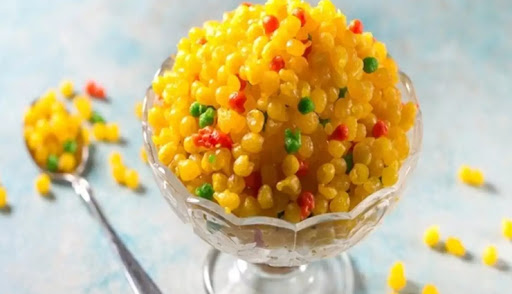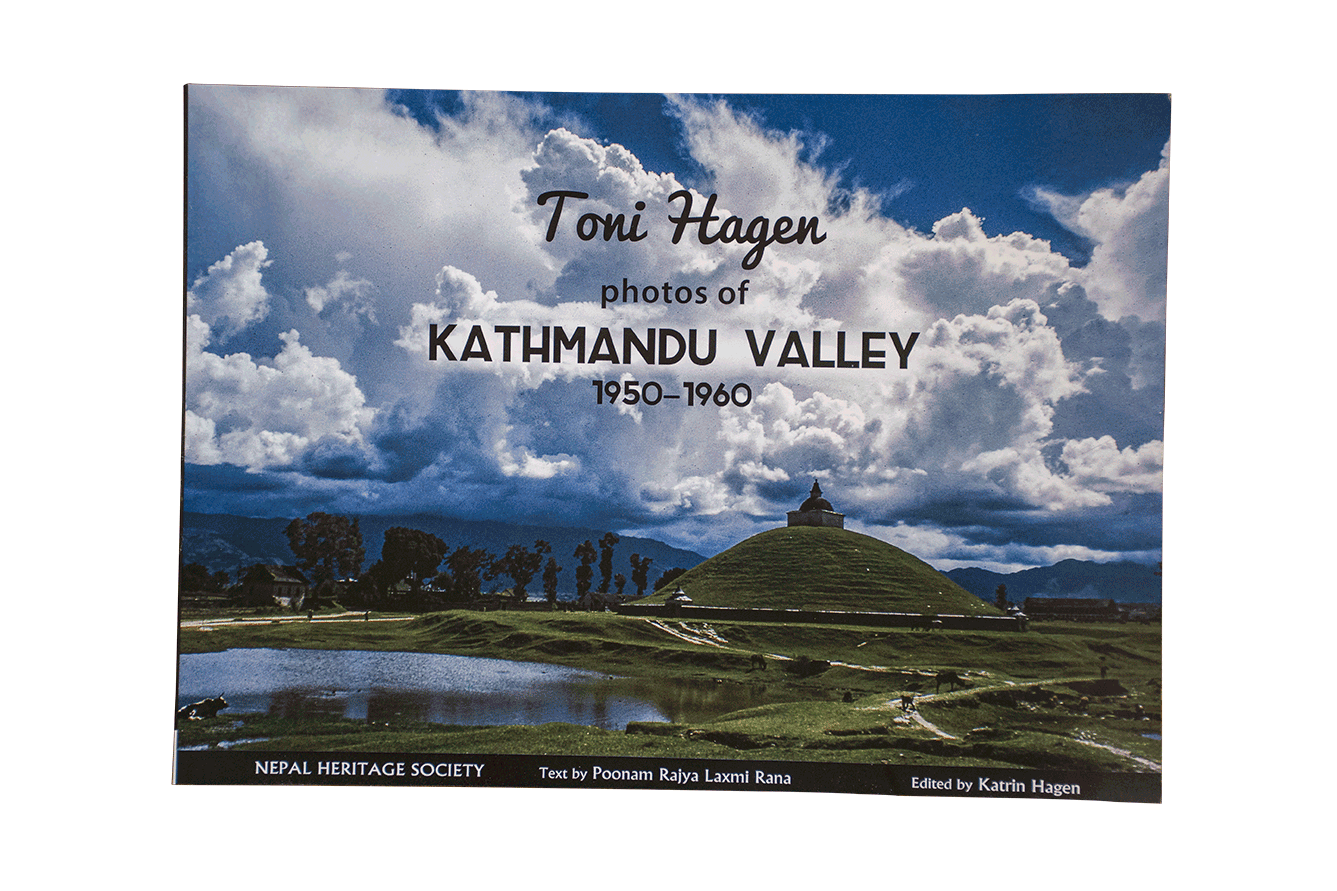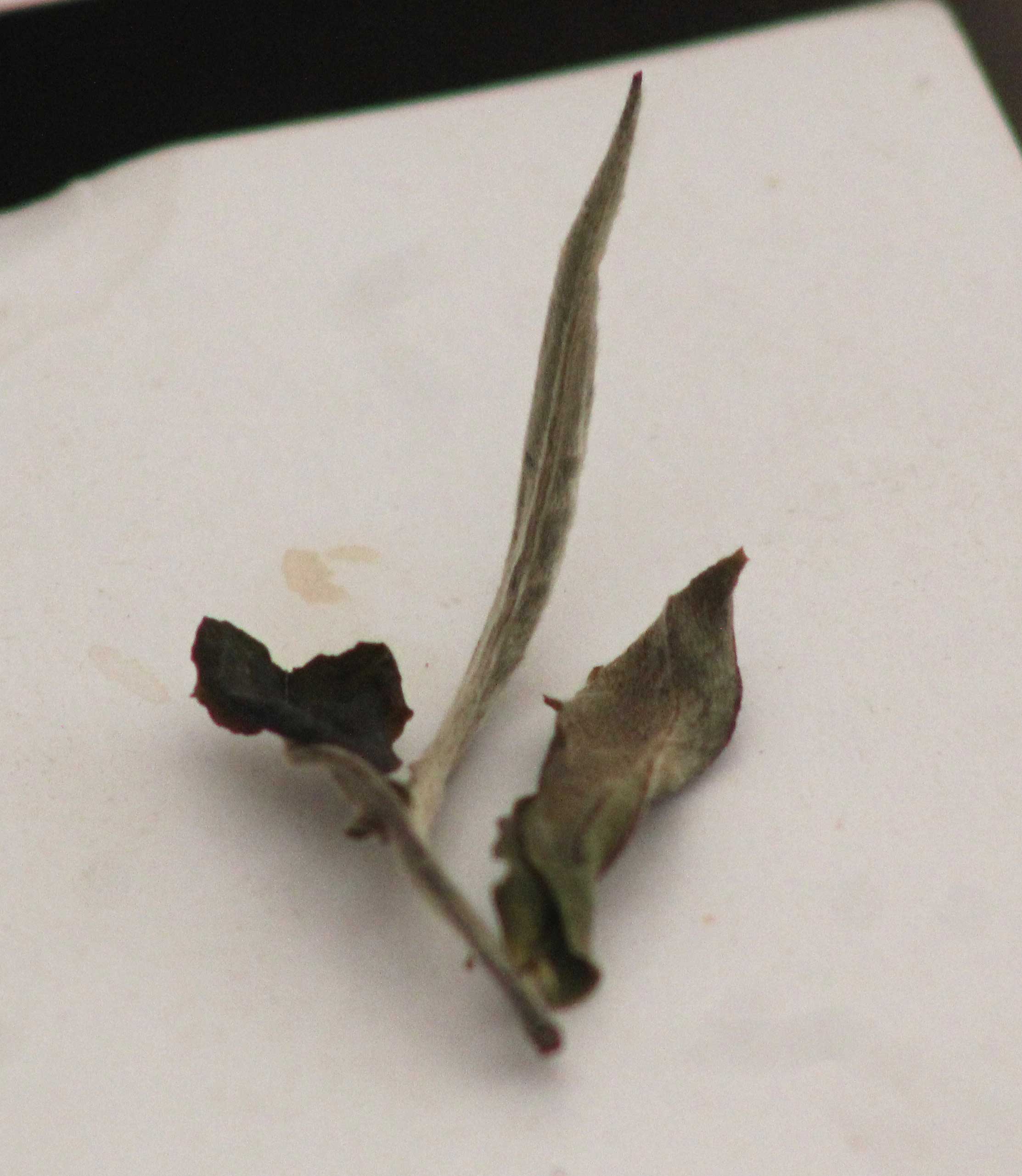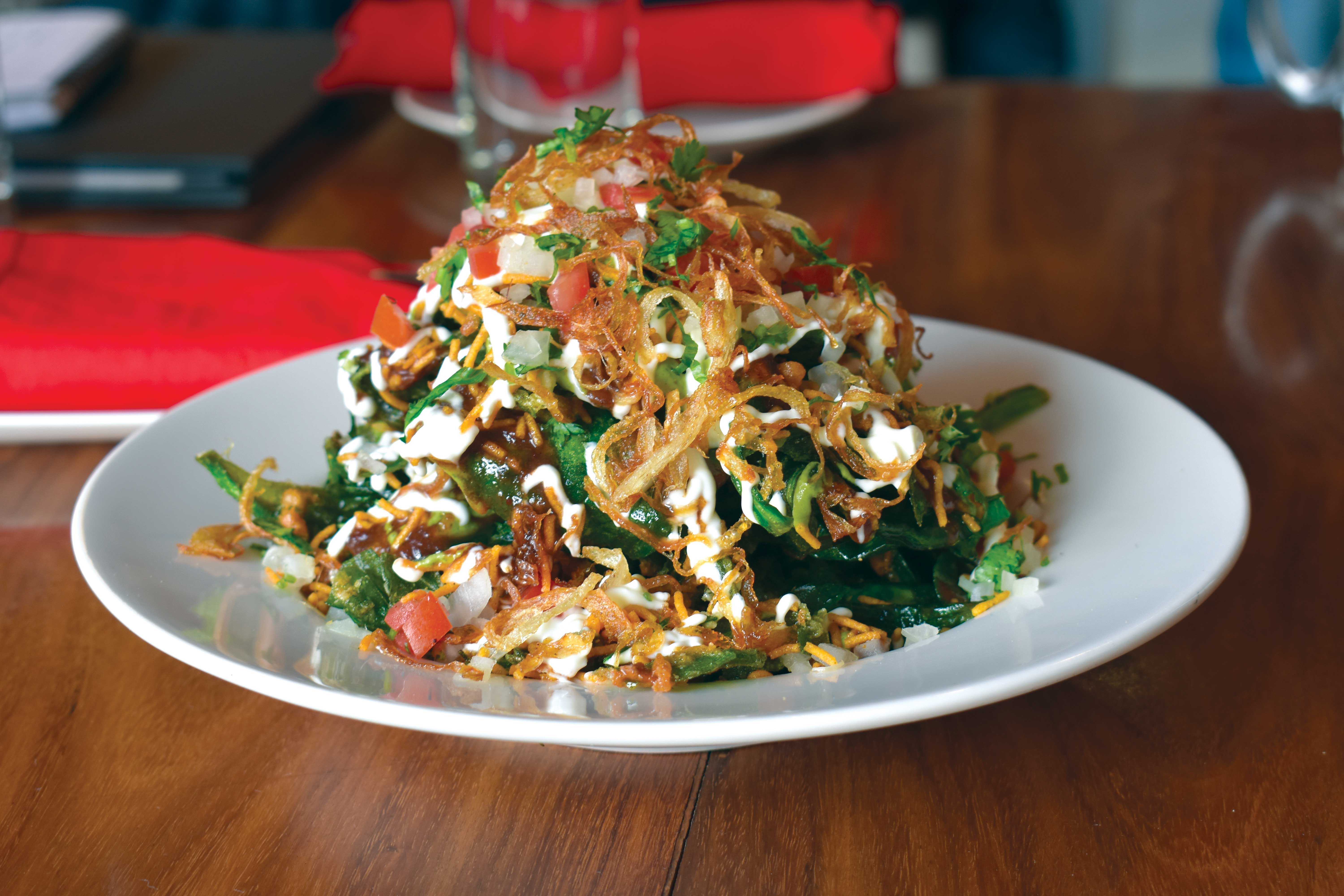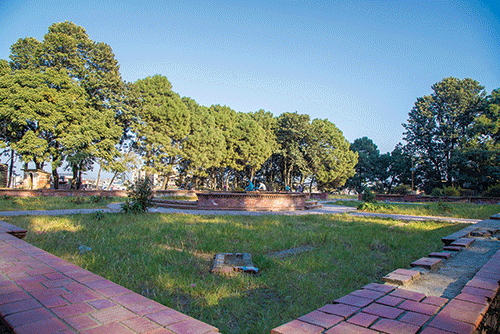Indrakala is painting on cloth that will be sewn into cones for giant textile ice creams. The cones are intricately painted with designs she learned from her mother, who learned them from her mother. Indrakala is Maithil, and paints daily at the Janakpur Women’s Development Center. This is the first time she has painted an ice cream cone, and the first time she is contributing to a work of “immersion art.” Meanwhile, Chandani from the Center’s sewing section is making the ice cream by stuffing pink mosquito netting. The giant cones are to be hung in a tunnel with over-sized cigarettes, syringes, and candies, as part of a project that addresses prevention of diabetes.
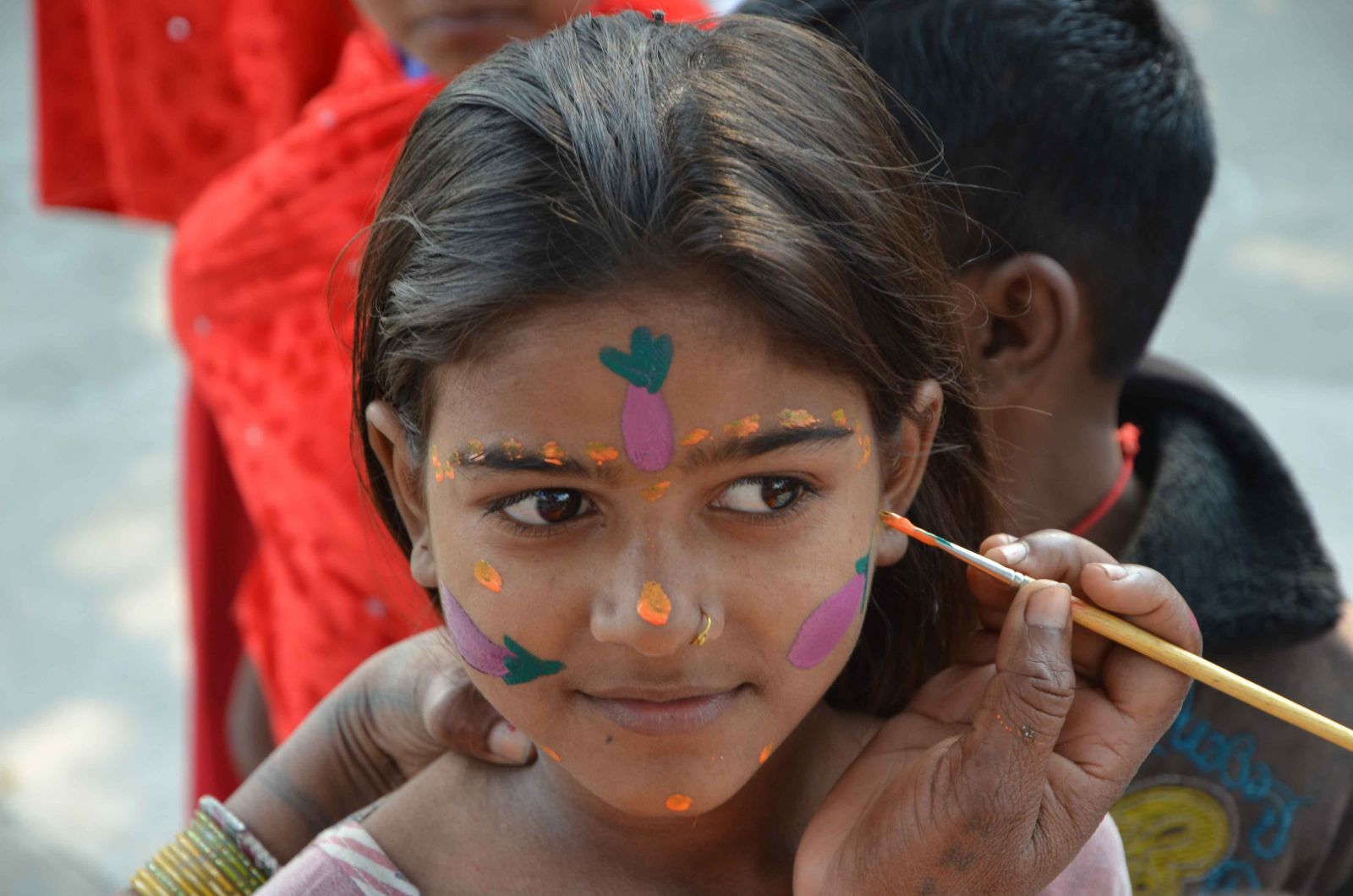
The Janakpur Women’s Development Center (JWDC) was formed three decades ago. The women initially recreated the paintings that they’d made on the mud walls of their village homes, having learned from their mothers a traditional repertoire of images that were repeated at marriages and festivals. At the time, families were nervous about letting the women travel to Janakpur. Many of the artists were veiled, and required a male chaperone. No one had ever thought the women could make income from their paintings. No one imagined that the women’s artistic skills would engage them so openly in society. But over the years, the women were commissioned to make paintings concerning Vitamin A, safe sex, safe birth, and smokeless stoves. Then, in 2018, under a grant for public engagement from the Wellcome Trust, UK, the Center partnered with UCL’s Institute for Global Health and HERD International. The grant opened up opportunities for traditional art skills to be matched with an effort to address one of the biggest health problems in Nepal: diabetes.
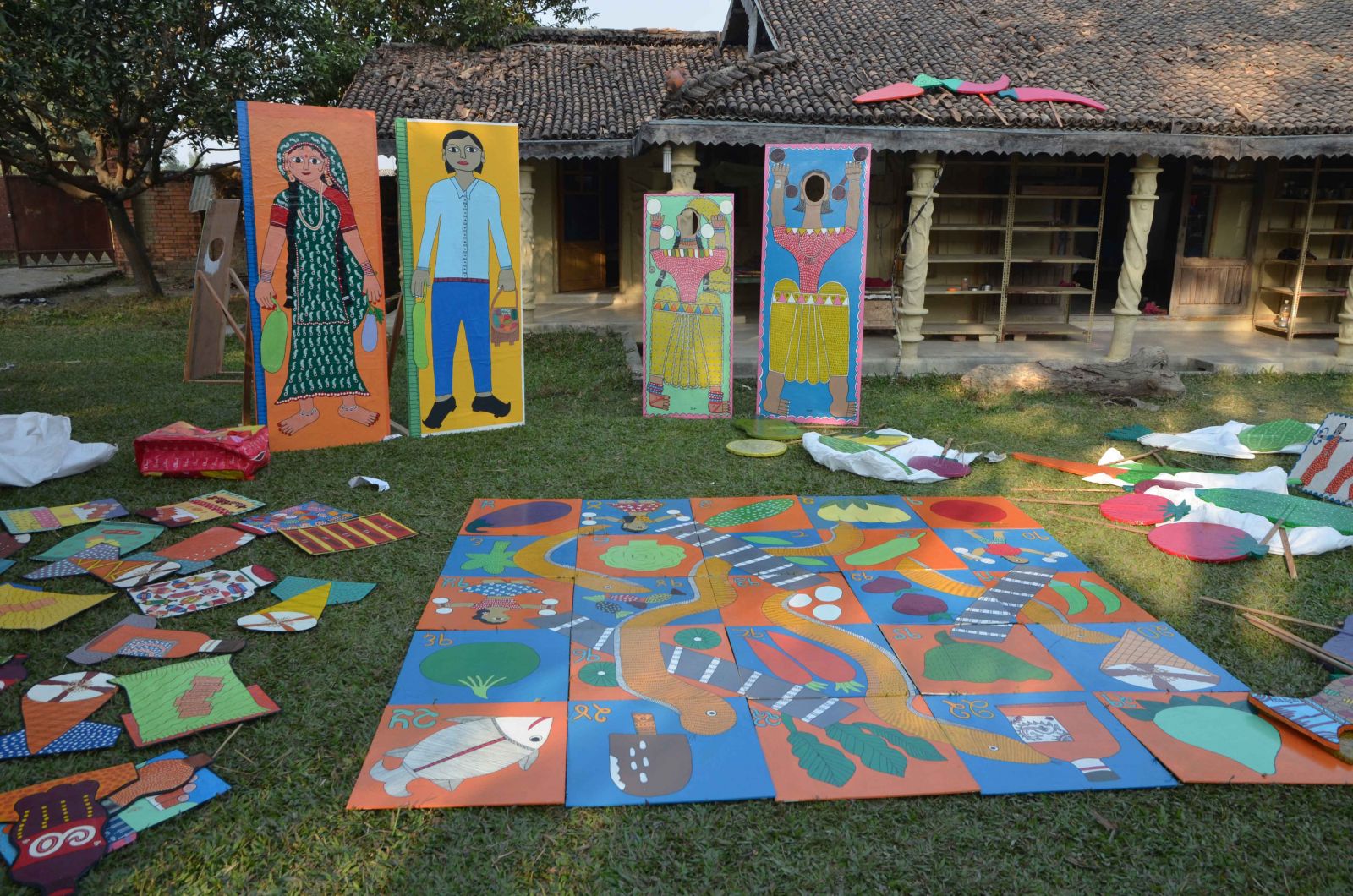
Diet and exercise
The Maithils are proud of their delicious cuisine, which in addition to white rice and dal, includes a range of fried vegetables, snacks, and sweets: tarua, or pakoda, kachri (onions fried in batter), dal puri (lentil-filled puri), paratha, and bhujia (fried potatoes). Fish raised in Janakpur’s ponds are fried, as are the cookies known as khajoori. Thekua is made particularly for the festival of Chaat. It is pressed with a decorative wooden mold, and like other Maithil sweets, is offered to the gods.
Indu, Prem, and Bhagwati are members of the JWDC who have diabetes and lament that doctors have advised them to eat less white rice. Prem comments, “The problem is that in Maithili culture we have so many feasts—so many marriages and other celebrations. We have to eat rice and sweets.”
Increasingly, diabetes is affecting the artists and their families. In their Maithili language, diabetes is called chini rog (sugar disease). When having a show of hands about who knew people in their villages with diabetes, most women raise their hands. When asked about family members, about two-thirds raise their hands. The response is not surprising, because the rate of diabetes across Nepal is rising, particularly amongst women.
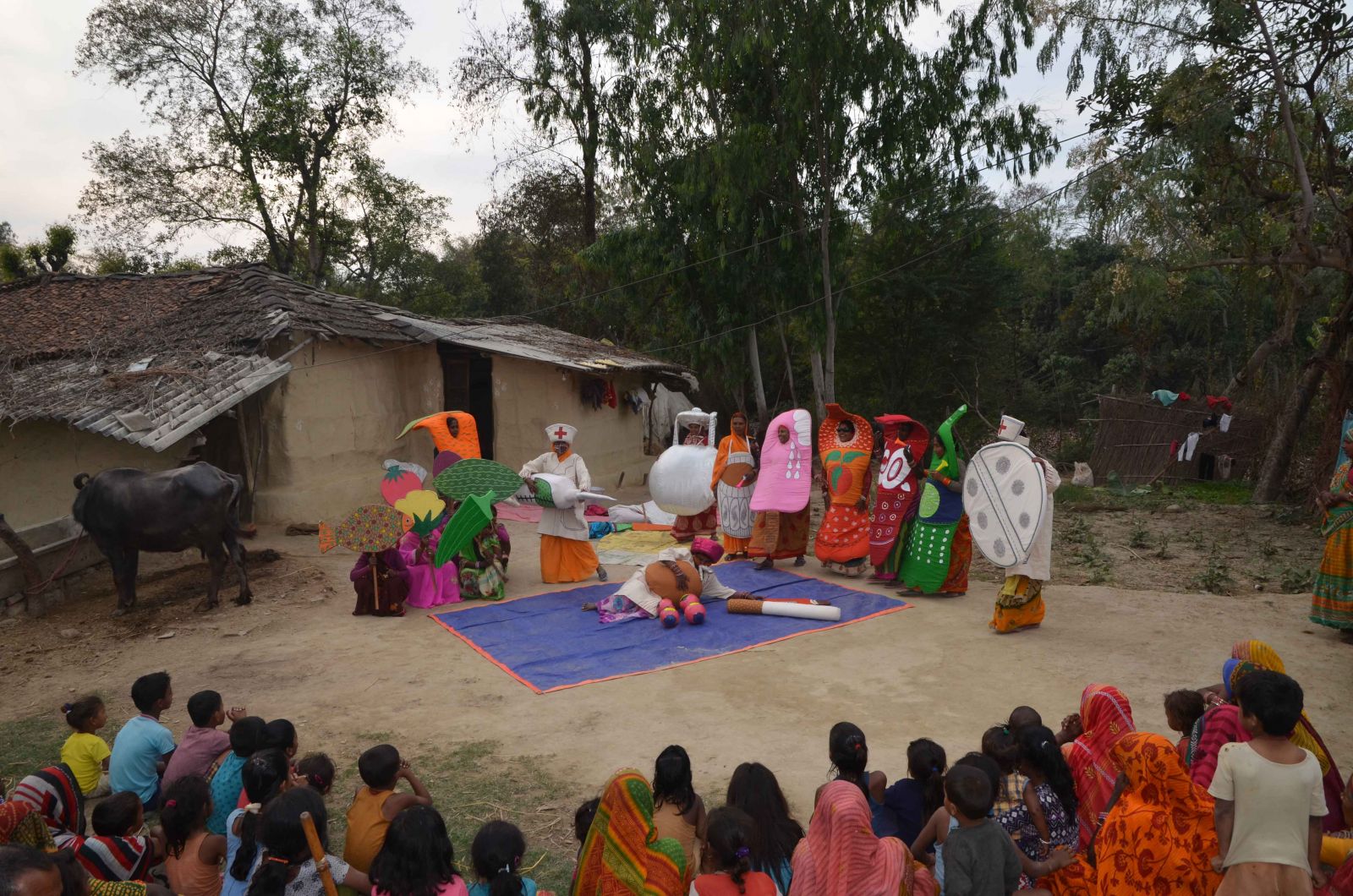
Because people’s lifestyles are changing, with less work in the fields, they are not processing these rich foods, and are growing heavier, putting themselves at risk for diabetes. “People in Janakpur have more diabetes than people in villages,” speculates artist Jagatarin, who rides her bicycle from her village to the center each day. Indu adds that, even when exercise programs are being held in the village, they are often unsuitable for women. “In my village, there are fewer women than men exercising. Some people do not allow women in the household to do it. Women have to get up early if they want to walk, like men do, but they also have to cook for their families. The times I went to exercise in a group, there were only three women, and we felt shy. We were also wearing sarees. In the village, we feel strange if we are in front of our father-in-law wearing kurta suruwal.”
In the autumn of 2018, UCL health researcher Jo Morrison, Australian textile designer Susie Vickery, and I meet with the women and the JWDC manager, Satish Kumar Sah, to discuss and plan a street drama that the women would perform in villages around Janakpur, and a huge fun fair, or mela, at Janakpur’s largest public grounds, Barahabigha. It will be called the Jeevan Shakti Mela, or “funfair for life force”. The artists will not only develop the drama and make all the costumes, but also paint games and banners, build exercise equipment from papier maché, and print and sew decorations and prizes.
Susie has been a costumier with the Royal Shakespeare Company and the English National Opera. She works with the JWDC sewing section to make the base of each costume, and then the artists paint onto the fabric. Each costume becomes a work of art. The bottles of Sprite, Coke, and Fanta are covered with Maithil decorations, and yet recognizable as the popular beverages found everywhere in local shops.
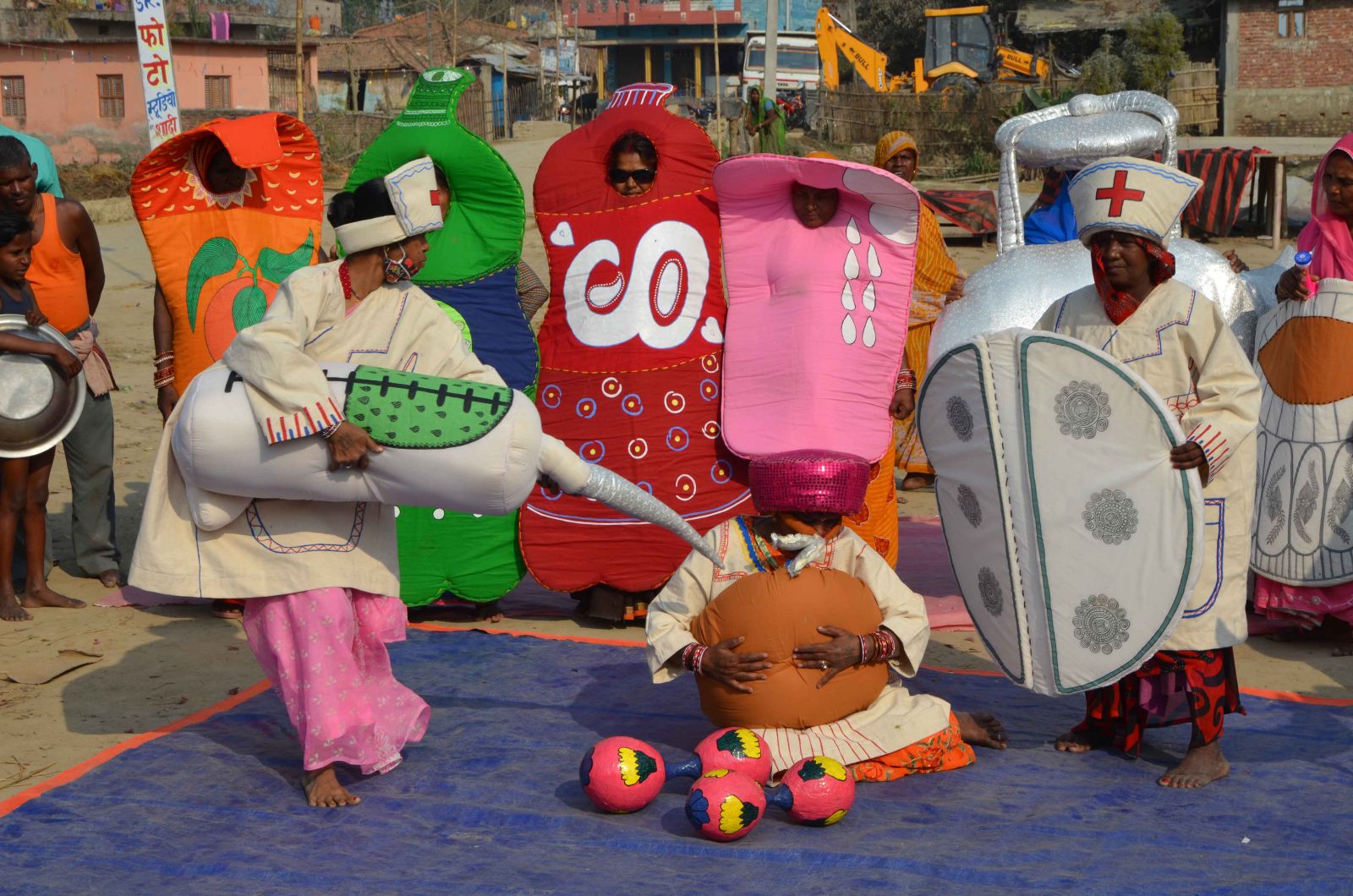
The drama
Artist Madhumala plays a man wearing a Maithil paag (the pink headdress worn by Maithil Brahmin men in weddings) and a costume of a vest and dhoti that she painted herself. She strolls onto the stage and is greeted by cheerful giant vegetables. The vegetables, including tomatoes, beetroot, cucumber, radish, and eggplant, are painted meticulously and held on sticks by the actors. Amongst them stands Sulekha, a tall woman dressed as a carrot, its intricate green leaves painted by Indrakala. The vegetables are thrilled by the attention from the man, and quickly dismayed when his attention is diverted by a nefarious gang of unhealthy foods.
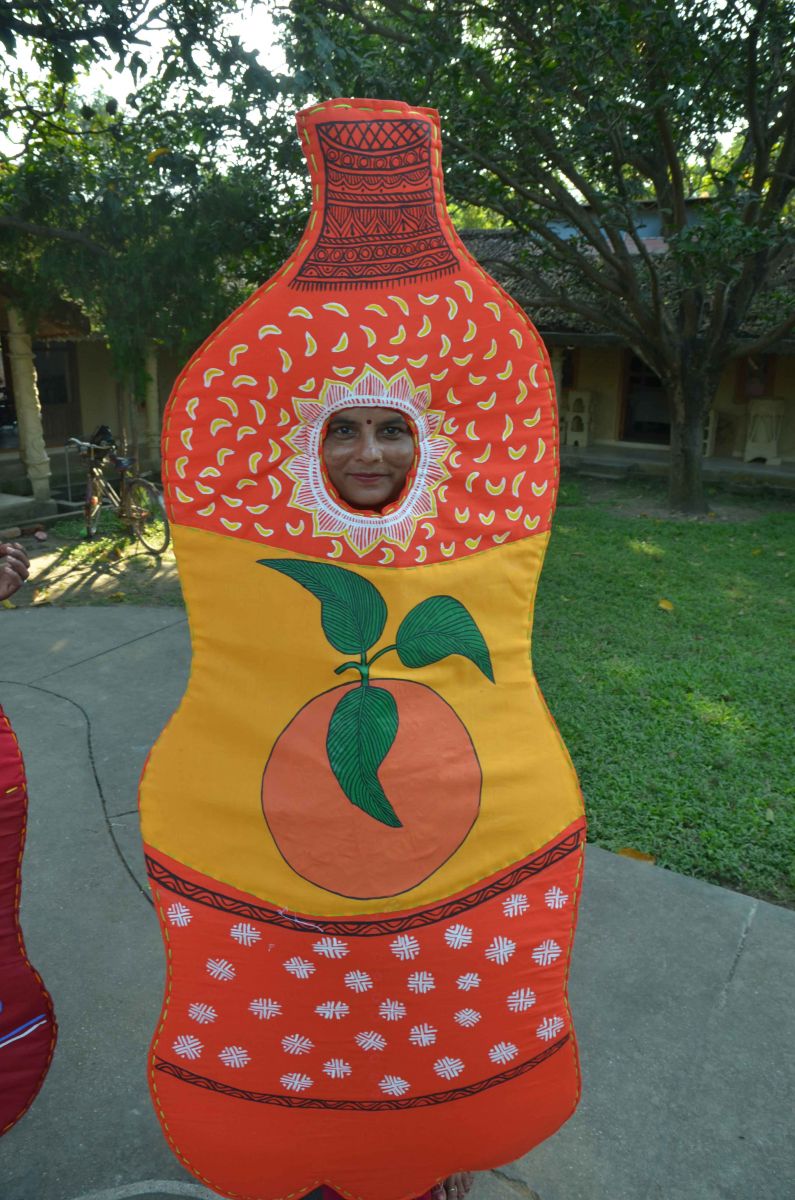
The unhealthy foods are Coke, Fanta, Sprite, a popsicle, and a pot and cup of sweet tea. They are ecstatic and blow their horns and laugh excitedly as the man comes to taste what each of them has to offer. Meanwhile, the vegetables observe the situation with lugubrious expressions and wonder what they can do.
The man frolics with the unhealthy foods and grows fat. He smokes, he drinks. The unhealthy foods hoot and cackle and congratulate themselves. The man collapses. Two artists dressed in medical coats cross the stage, bearing an oversized syringe with insulin and a huge pill. Then the giant carrot appears. In desperation the man grabs onto it and the vegetables appear one by one to revive him. He recovers, and they join in a dance of celebration as the rejected unhealthy foods fall, defeated, to the ground.
The artists develop and rehearse the play each afternoon for several months. A star is born—Madhumala—who has never acted before, but has a natural stage presence. In fact, she has been a dancer of Jhijiya, the traditional Maithil dance performed at night, in which women stack on their heads perforated, fire-filled pots. But, acting in front of a large public audience is entirely new. She, like the other women, discovers she loves it. Amongst the most animated actors in the play is Manjula, playing Sprite, who thirty years ago had come to paint at the center veiled, and with a male chaperone.
Performing the drama in 16 villages requires a bus for travel. It requires a mike and a rickshaw, so that once the performers have arrived, one artist can tour the village, rallying people to come to whatever site is chosen—the courtyard of a house, an empty field, a school yard. Quite quickly, crowds of one or two hundred people gather: old men, women holding babies, youth who capture the drama on their mobile phones. There is laughter, applause, and afterwards, questions. “Is Sprite bad for you?” a woman asks. The artists bow and then pack up their costumes and board the bus for the next village. By the time they have performed for two days at the mela at Baraha Bigha, they are polished and confident. It is nothing now to perform in front of a thousand people.
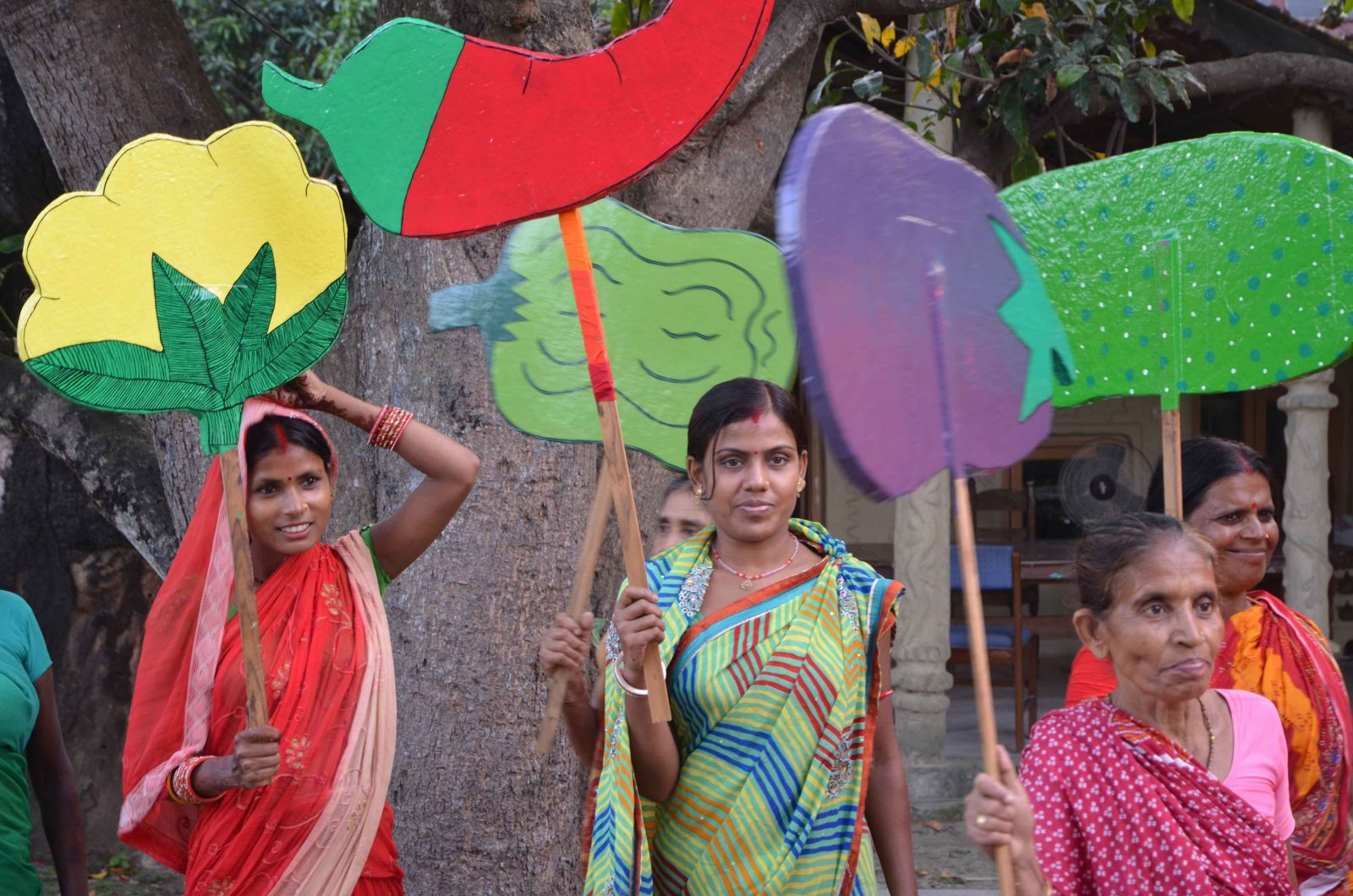
The mela, and beyond
During the mela, which takes place on a sweltering weekend in February 2019, over 800 people have random blood glucose tests and are advised to seek care if required. They receive counseling on nutrition from trained nurses and listen to true stories from patients and health workers on headphones. Artist Manjula tests positive, but is comforted by the other artists, who suggest she needs to control her sweet tooth.
Hundreds of people are led in exercise routines and singing songs, hundreds of children have their faces painted with vegetable motifs. The children try on a carrot costume or have their photos taken in the “head in the hole” boards painted by the artists. Students compete in toss games, and crowds form to view the drama. Nothing like this has ever happened before. The artists are joyful as they send out their health messages through their own Maithil art and their own Maithili language.
When the two intense days of the mela end, games and props head back to the Center for storage. Yet, it is not all over. The artists will continue to share their knowledge with their communities, and the drama will be performed in new venues. But now, they get busy, newly inspired for their artwork. They are painting vegetables on buckets and trays, printing vegetable table covers, embroidering vegetable ornaments, creating paintings showing exercise, and making more dumbbells, as there is suddenly a big demand. Art inspired by good health: who would not want to be surrounded by it?
(The latest products by the JWDC can be found at the Timro Concept Store, Jhamsikhel, and online@ktmhaatbazar)


